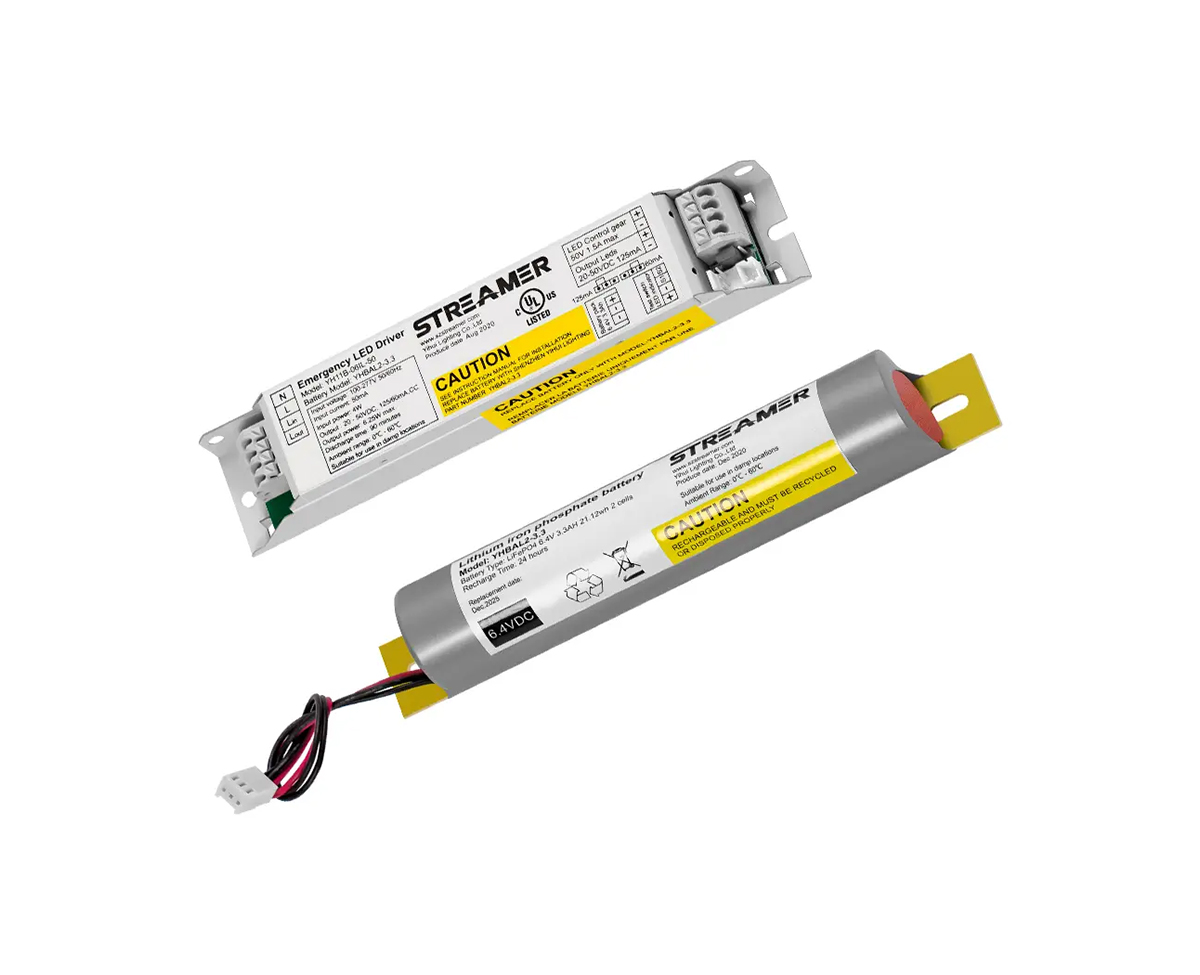 1
1
 Jun 06, 2025
Jun 06, 2025

Environmentally - friendly LED emergency converters have emerged as a sustainable alternative in the lighting industry, addressing concerns about energy consumption and environmental impact. These converters primarily focus on reducing energy waste and minimizing the use of harmful substances. In terms of energy efficiency, they utilize advanced LED technology, which consumes significantly less electricity compared to traditional incandescent or fluorescent lights. LEDs convert a higher percentage of electrical energy into light, reducing heat generation and overall power consumption. This not only extends the operating time of the emergency converter on a single charge but also reduces the demand for electricity from non - renewable sources.
Moreover, environmentally - friendly LED emergency converters often incorporate renewable energy sources. Many models are equipped with solar panels, allowing them to harness solar energy and convert it into electrical power for charging the internal battery. This reliance on solar power reduces the carbon footprint associated with charging the device, as it eliminates the need for electricity generated from fossil fuels. Some converters also feature energy - harvesting technologies, such as kinetic or thermal energy conversion, which can further supplement the power supply using ambient energy sources.
In addition to energy - related considerations, these converters are designed with environmental protection in mind during the manufacturing process. They avoid the use of hazardous materials, such as lead, mercury, and cadmium, which are commonly found in traditional lighting products. Instead, they use non - toxic and recyclable materials for their casings and internal components. This not only ensures the safety of users but also makes it easier to recycle the converters at the end of their life cycle, reducing the amount of electronic waste that ends up in landfills. Overall, environmentally - friendly LED emergency converters play an important role in promoting sustainable development in the lighting sector.